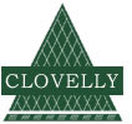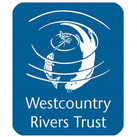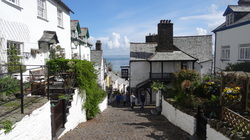 first glimpse of blue sea and sky
first glimpse of blue sea and sky 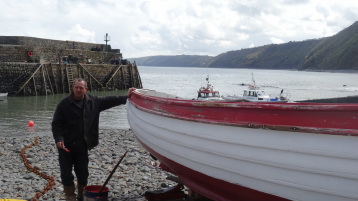 Stephen Perham painting Neptune
Stephen Perham painting Neptune Peter Braund (another old Clovelly name) is loading Stephen’s other boat, the picarooner, ready to go out and check their pots. The tiny, graceful picarooner was copied from one of the original wooden Clovelly herring boats, designed to beat the larger boats out to the shoals. Peter is one of the few in Clovelly who remembers herring fishing before it was banned in 1977 to protect herring stocks. Stephen was too young to go out on the boats. He reminds me of an image of father and son, trapped inside by the herring ban, Dad drawing the ‘fishing marks’ in the condensation or the salt on the window pane to show his young son where he would shoot the nets – if he could. Joy, Stephen’s partner joins in, “there’s plenty of herring but people have forgotten how to prepare and cook them.”
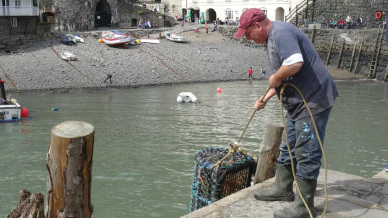 Tommy loading lobster pots
Tommy loading lobster pots They are patient with my questions too. They get a brief respite as I climb back up the cobbled streets to fetch new recorder batteries. (You can pay for a lift up the hill by landrover – but somehow that would be cheating.) I am unimpressed that I’d forgotten the batteries, but very impressed to find them in the fudge shop, inside the Charles Kingsley museum - a reminder that Clovelly is not just about the harbour. Even the donkeys are out on their daily stroll, down down-along street, cheekily snatching greenery from the gardens. I can’t help thinking though, that in the days when everyone’s livelihood depended on catching herring in those flimsy boats – all eyes must have been drawn to centre stage: the sea and the harbour.
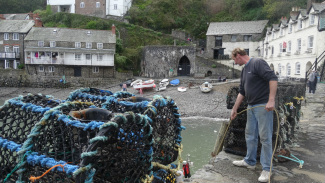 John Balls loading his pots
John Balls loading his pots The only other working fishing boat in harbour is BD310, “Jordan and Joe Rossi’s boat.” As Stephen says “there aren’t many fishermen left here now.” The few other vessels afloat on the rising tide are charter boats. The Independent is ready to take people out fishing or to Lundy. Boat Stories will write about our trip on the Jessica Hettie - once she’s back in the water. Meanwhile, I notice the Neptune is still half-painted. Stephen promises she’ll be ready for the Whitsun holiday towards the end of May. I fully recommend the fifteen minute trip round the bay: as you look back at the village, Stephen tells historical tales of the goings on in each cottage. He’s lived in several of them himself.
As for my favourite fish: they should arrive in late autumn – but they like to keep everyone guessing. Later in the year Boat Stories hopes to film their story and will remind you when to start pestering your local fishmonger or restaurant - asking if they have any Clovelly herrings.

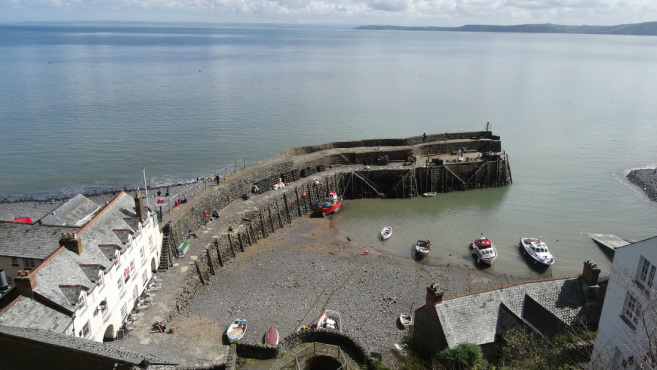
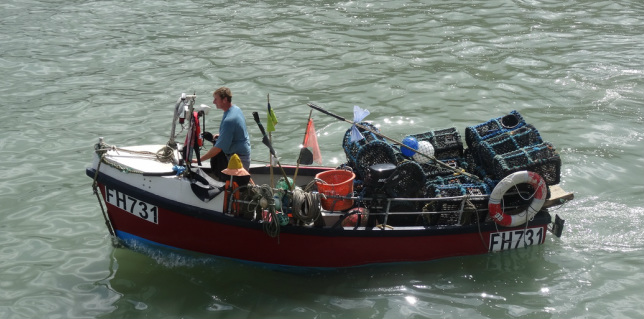

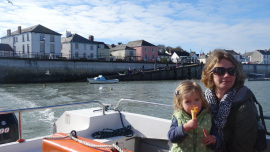
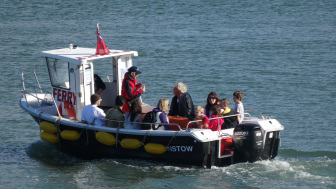
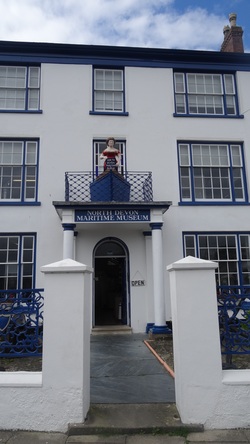
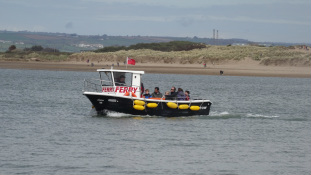
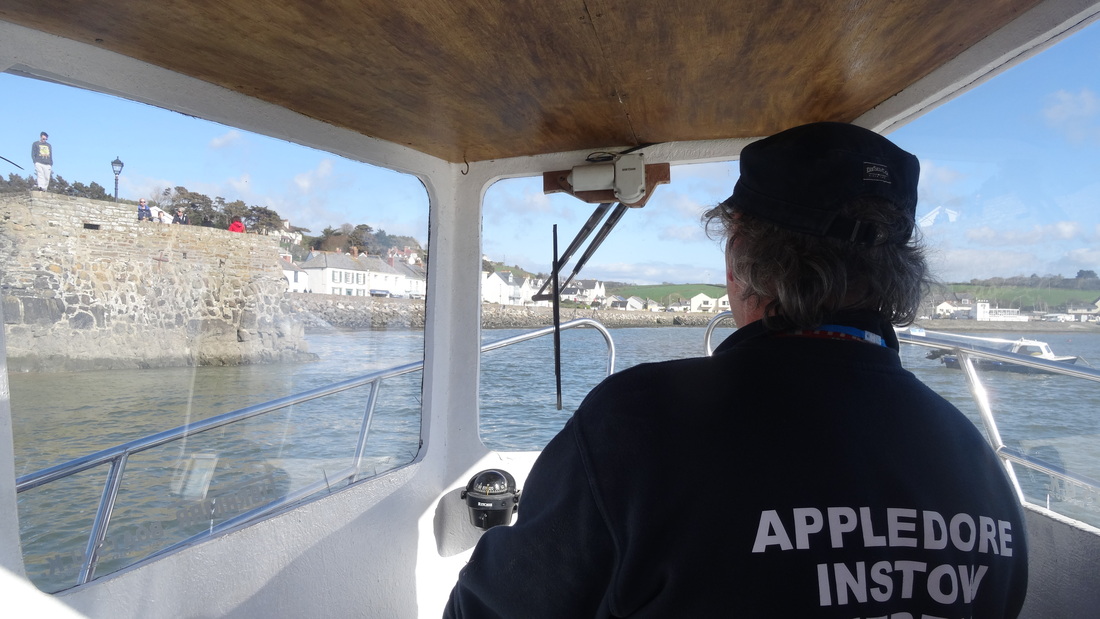
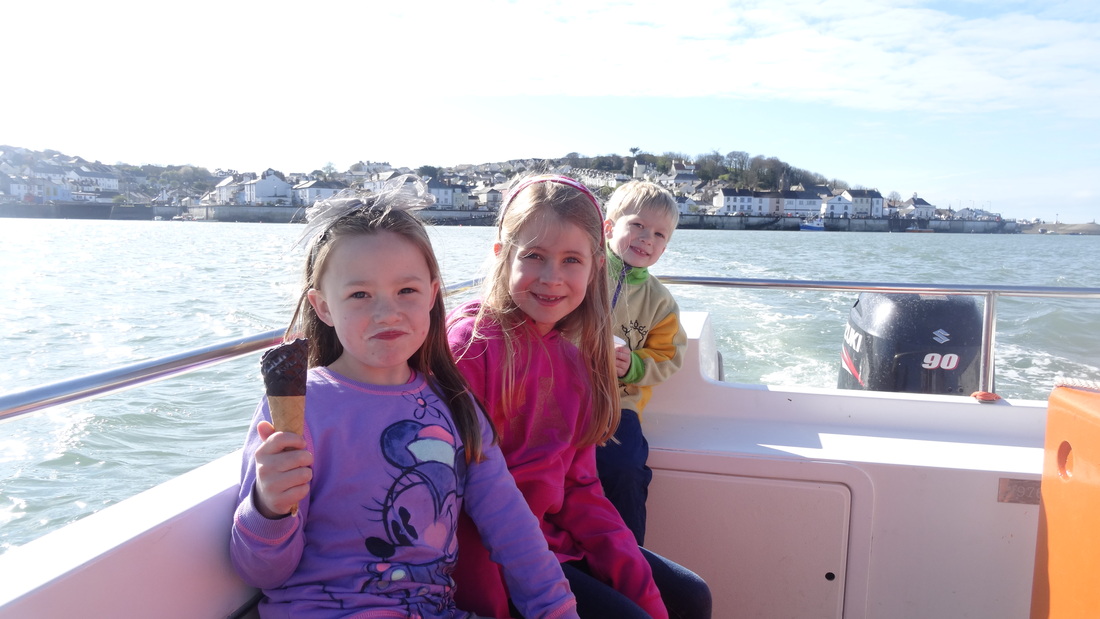

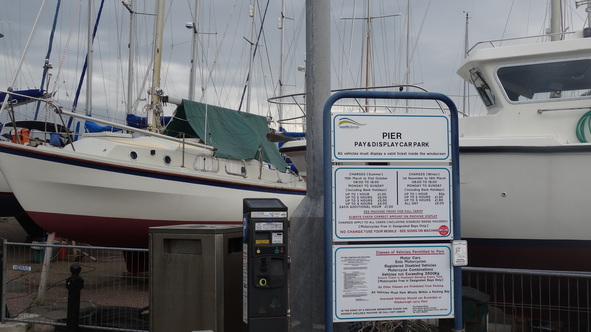
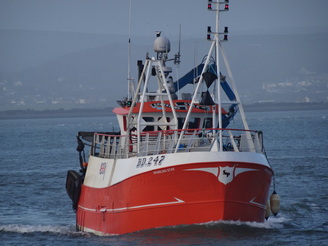
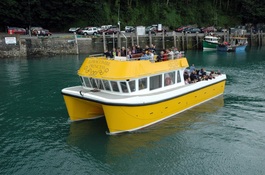
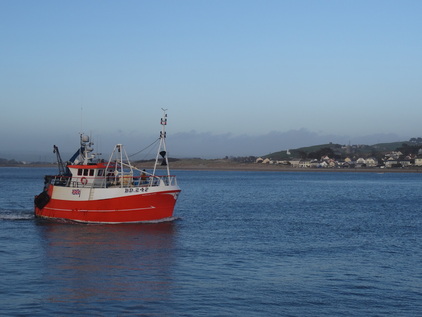
 RSS Feed
RSS Feed







